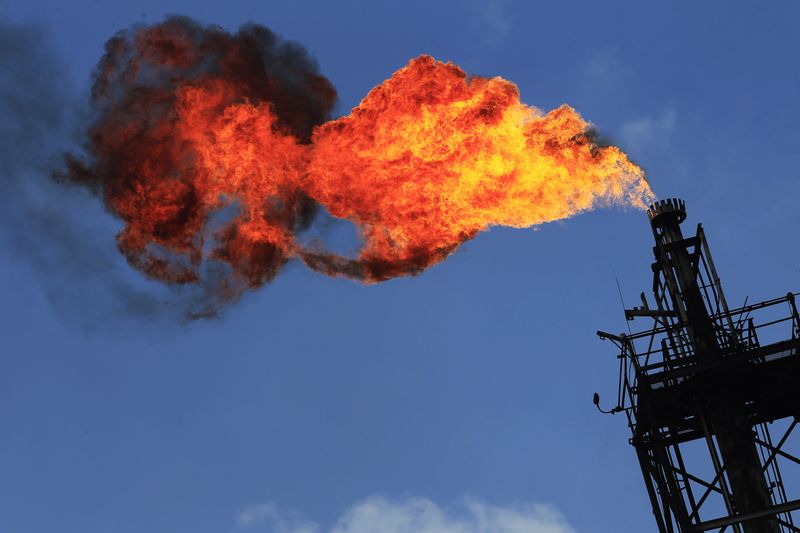Buru Energy Ltd (ASX:BRU, OTC:BRNGF) has solidified its path to commercialisation at the wholly-owned and operated Rafael discovery in Western Australia’s Canning Basin — the first proven significant conventional gas and condensate field in the region.
The energy stock is pressing ahead with a comprehensive, multi-phase development strategy after it completed concept studies over the full gamut of Rafael’s contingent resources.
On the financial front, Buru believes this phased development plan will generate early cashflow and optimise its capital expenditure.
The company also hopes to leverage the asset’s large-scale development upside and deliver more value for shareholders, as well as the broader Kimberley community.
Buru plans to get things started with a 3D seismic survey as it puts pen to paper and readies for resource appraisal drilling in 2024.
Development economically viable
Buru CEO Thomas Nador said: “With full ownership of the Rafael discovery, Buru continues to de-risk the development through a project realisation approach that is designed to balance certainty of development outcome and value with the ongoing maturity of understanding of the Rafael accumulation.
“The work done to date confirms that Rafael gas and condensate can be technically, commercially and economically developed across the full range of independently assessed contingent resources, with a sequenced development based on appraisal outcomes providing strategic advantages to resource development.
“This strategy will support the potential transformation of the Kimberley power system by providing a mix of low carbon intensity, secure and affordable energy to regional industrial consumers and communities in the near term, and also help optimise a full-scale, CCS supported, and export focussed development in the medium to longer term.
Two key phases
Phase one of Buru’s development strategy revolves around a scalable, hybrid gas-to-power and renewables project in WA’s Kimberley region.
The energy stock plans to use this commercially attractive, standalone operation as a reference case, with development work already underway to progress front end engineering and design (FEED) work and support a 2027 production target.
Phase two will follow in quick succession, informed by next year’s appraisal drilling program. Buru plans to kick off concept selection in mid-2025 and begin a FEED study shortly thereafter.
In a nutshell, concept selection will be down to a sizeable methanol, ammonia or liquefied natural gas (LNG) project, driven by final appraisal drilling outcomes.
The company intends to complement these developments with carbon capture storage initiatives (spearheaded by Buru’s Geovault subsidiary) based on mid- to high-volume estimates of Rafael’s contingent resources.
The right ingredients
Overall, this multi-phase strategy is designed to support a parallel partner selection process Rafael, wherein Buru is targeting prospective partners in Australia and overseas.
While the plan puts more granularity to the company’s vision for its Canning Basin assets, its mission remains the same: to deliver its first conventional gas and condensate project in the Canning Basin and generate value for shareholders, traditional landowners, the WA Government and the Kimberley communities.
Nador concluded: “With Buru’s high appraisal value 3D seismic program due to commence within days, planning for appraisal drilling next year well advanced, and for the first time, a clear line of sight to the Rafael development via a staged, risk-balanced commercialisation plan, Buru has the ingredients to generate significant value and benefits to stakeholders and prospective development partners.”
